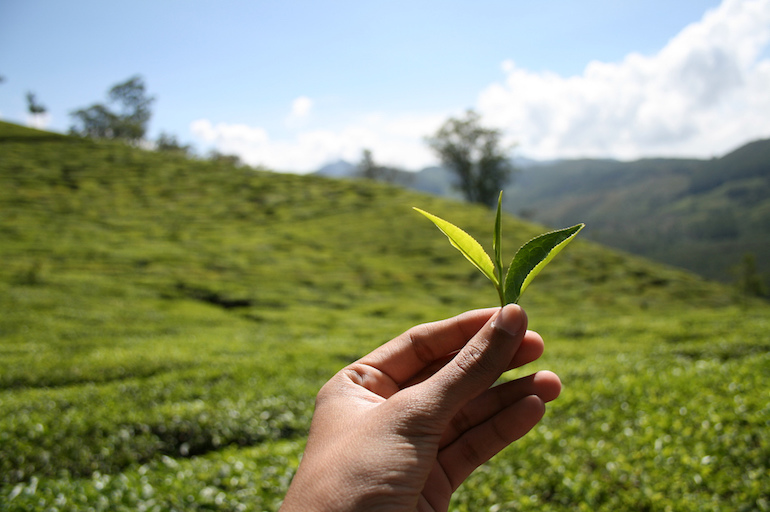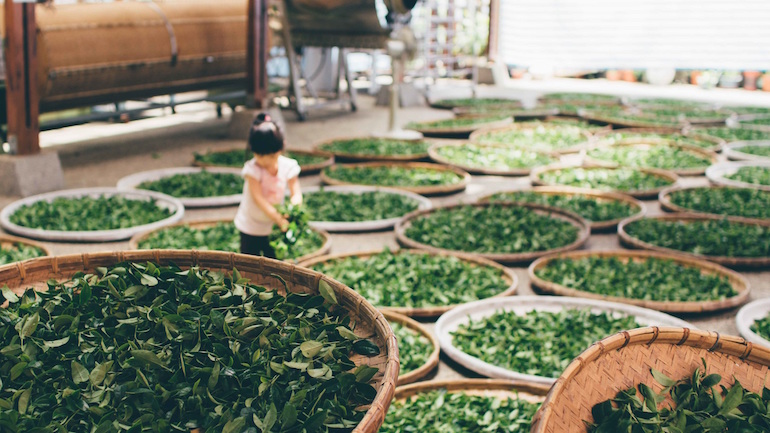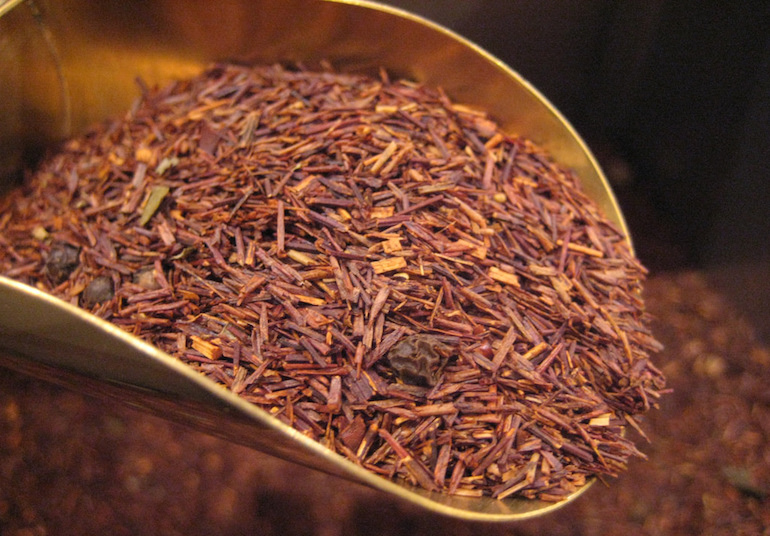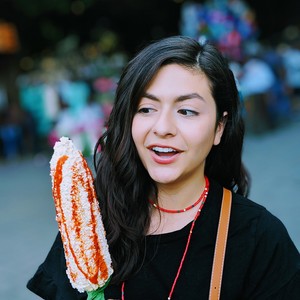As an avid coffee-drinker, there is nothing more disorienting than walking into Teavana and being totally lost. I mean, when it comes to tea, I get completely and utterly discombobulated with the rows and rows of neatly placed mason jars filled with dried leaves. So, what’s the deal with tea? What makes Twinings different from Lipton? And WTF is a ‘rooibos’?
A Tea-ducation.
Well, folks, it is actually quite simple. All types of teas, except herbal tea, come from the buds and leaves of the Camellia sinensis plant. This evergreen plant is indigenous to fertile regions of China and India, where the process of drinking tea was refined and deeply-rooted in ceremonial practices.

Photo courtesy of Ashwin Kamath on flickr.com
So, why are there so many types of tea if there is just one plant?
The reason why there are so many different types of teas is not because there are a million different tea plants. Instead, the ways in which the buds and leaves of the Camellia sinensis are processed result in the wide variety of teas available to us today.
Baking, oxidizing, fermenting and grinding the parts of the plant give each family of teas its unique flavor profiles, caffeine content, different steeping times, nutritional properties and medicinal benefits.

Photo courtesy of pexels.com
What is an herbal tea?
Herbal teas, or tisanes, are the “black sheep” of the tea community. Instead of being made from the leaves of the Camellia sinensis, these teas are blends of spices, herbs, fruits and other flavorful plants. In most cases, herbal blends are added to different types of teas to add complexity to their flavor profiles or for additional medicinal benefits.

Photo courtesy of Selena N. B. H. on flickr.com
So, how do I find out which is right for me?
Discovering your personal brew can be more complicated than you think. Yet, with this nifty quiz, you can find out for yourself!


